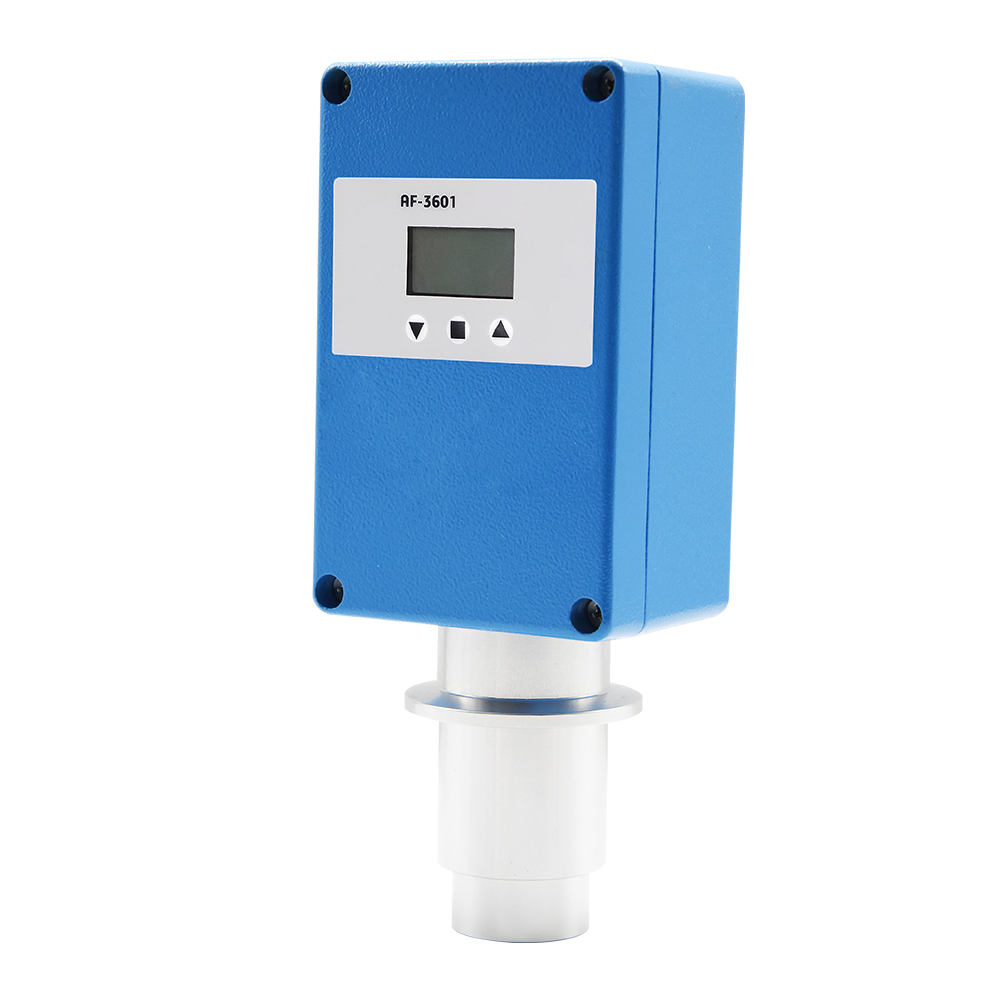The molecular oxygen dissolved in water is called dissolved oxygen, and the amount of dissolved oxygen in the water is an indicator of the self-purification ability of water.
The dissolved oxygen value is a basis for studying the self-purification ability of water. The dissolved oxygen in the water is consumed, and it takes a short time to return to the initial state, indicating that the water body has strong self-purification ability, or that the water body pollution is not serious. Otherwise, it means that the water body is seriously polluted, the self-purification ability is weak, or even the self-purification ability is lost.
Water Quality Dissolved Oxygen Analyzer is an intelligent online analysis device for the analysis of dissolved oxygen in water quality. Its measurement principle is divided into two types: polarographic film method and optical fluorescence method.

1. Polarographic film method:
The principle is that the solubility of oxygen in water depends on the temperature, pressure and the dissolved salt in the water. The sensing part is composed of gold electrode (cathode) and silver electrode (anode) and KCl or potassium hydroxide electrolyte. Oxygen diffuses through the membrane into the electrolyte and the gold electrode and silver electrode form a measurement loop. When a polarization voltage of 0.6~0.8V is applied to the dissolved oxygen electrode, oxygen diffuses through the membrane, the cathode releases electrons, and the anode accepts electrons to generate current. According to Faraday’s law: the current flowing through the dissolved oxygen electrode is proportional to the oxygen partial pressure, and there is a linear relationship between the current and the oxygen concentration when the temperature is constant.
2, optical fluorescence method:
The measurement principle of fluorescence method is the quenching effect of oxygen molecules on fluorescence. The sensing film is covered by a layer of fluorescent material. When a blue light source of a specific wavelength irradiates the fluorescent material on the surface of the sensing film, the fluorescent material is excited to emit red light. Because oxygen molecules can inhibit the generation of the fluorescence effect, the higher the oxygen concentration in the water, the shorter the red light emission time. Theoretically, there is a quantifiable correlation between the red light release time and the dissolved oxygen concentration. The release time of light calculates the dissolved oxygen concentration.
